S-1 and S-18 through S-29
Design and Construction Notes
S-1 was the first boat of the group completed, and while she was running trials she encountered severe torsional vibrations in her NELSECO 8-EB-15 diesel engines, bad enough that the engines were completely wrecked. A defect was found in the design of the crankshaft. The process of getting this problem fixed was a long and drawn-out affair, greatly delaying the introduction of these boats to the fleet. However, once fixed these boats provided great service to the fleet, with many of them serving through WWII.
For more information, please see the article at this link.S-1 (SS-105)
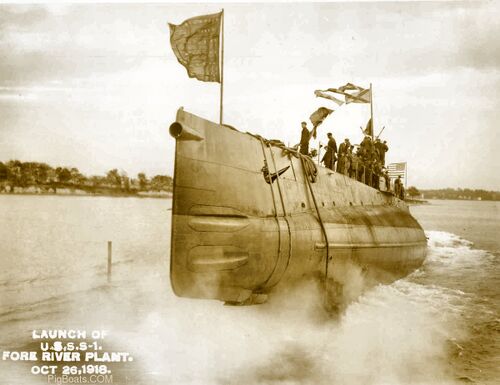
S-18 (SS-123)

S-19 (SS-124)
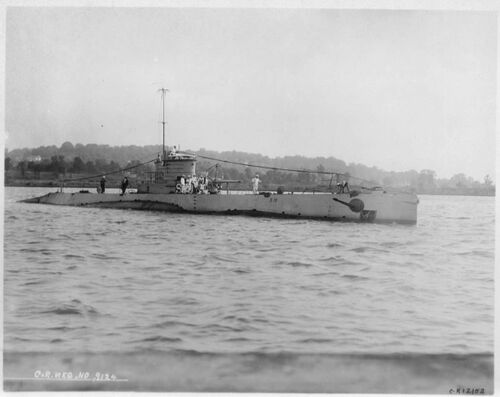
S-20 (SS-125)
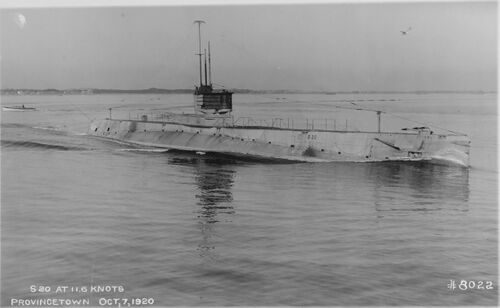
S-21 (SS-126)
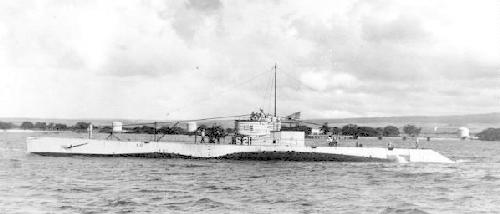
S-22 (SS-127)
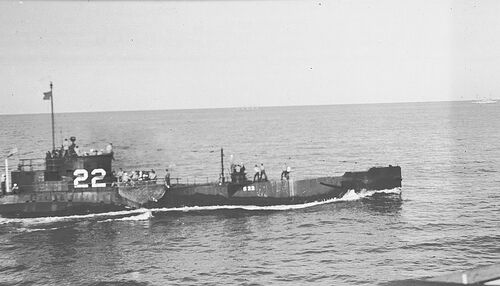
S-23 (SS-128)
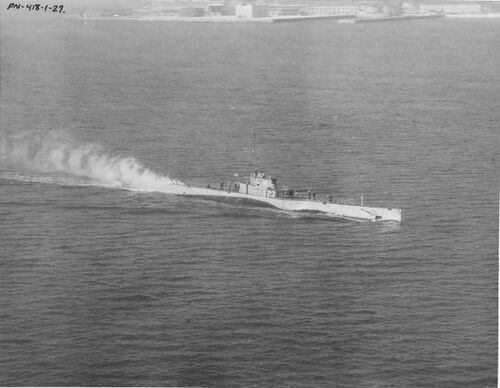
S-24 (SS-129)

S-25 (SS-130)

S-26 (SS-131)*
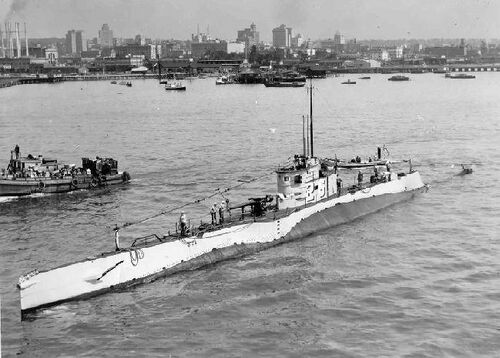
S-27 (SS-132)*

The S-27 served the Navy well until 13 June 1942. On that date she was on patrol in the Aleutian Island chain off Alaska. In the black of night in poor visibility she ran aground on the rocks off the southern tip of the island of Amchitka. She was stuck fast and mounting seas started to batter the boat to pieces. Her entire crew escaped and spent the next 12 days marooned on the island until they were rescued by four PBY patrol planes. Unfortunately, the S-27 was a total loss. Her wreck was quickly broken up and destroyed by the sea action.
S-28 (SS-133)*

S-29 (SS-134)
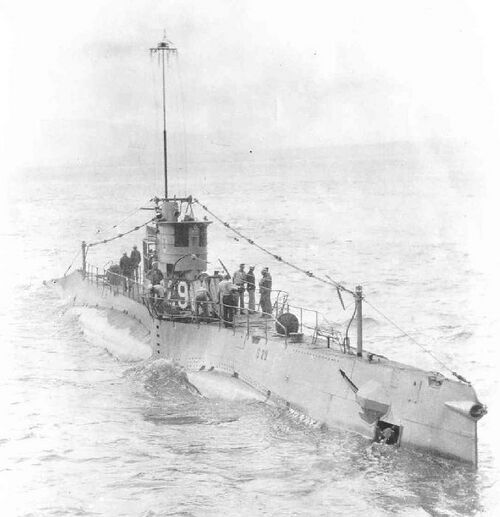
Page created by:
Ric Hedman & David Johnston
1999 - 2023 - PigBoats.COM©
Mountlake Terrace, WA, Norfolk, VA
webmaster at pigboats dot com
